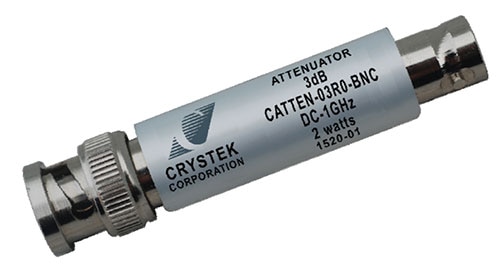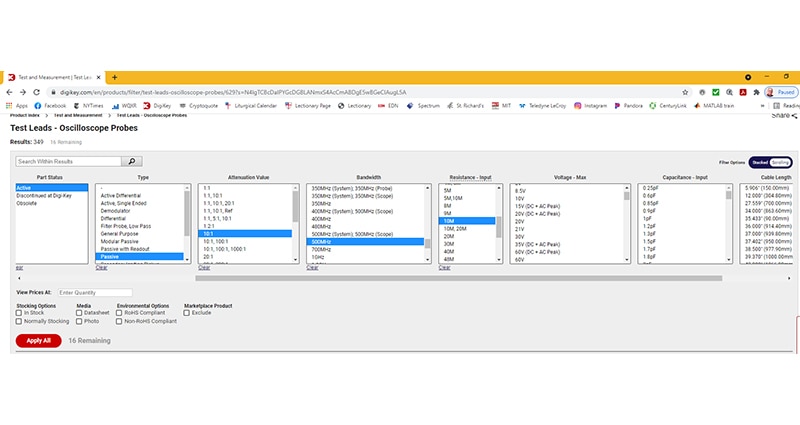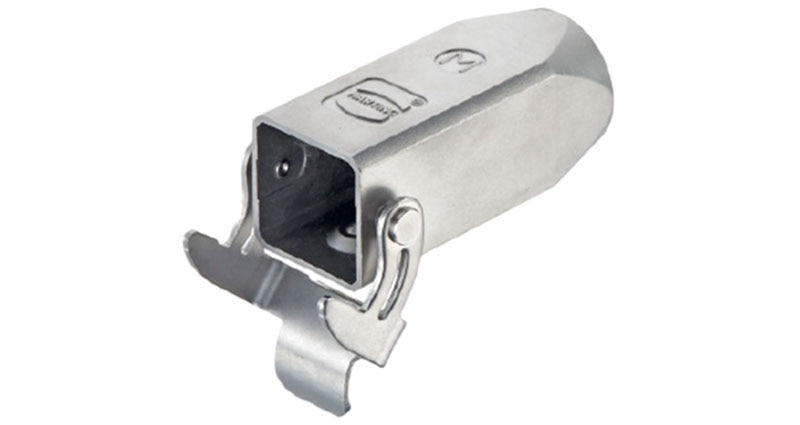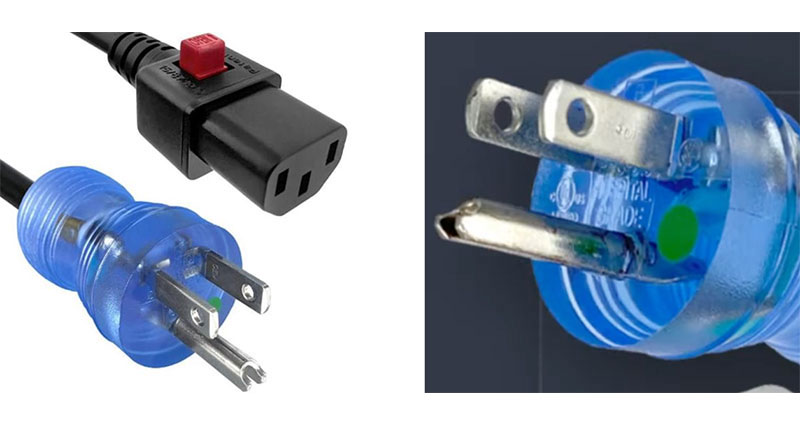A Guide to Protecting Oscilloscope Inputs from Over-Voltage
Walk around any engineering lab or test department, and you’ll find instruments with little string tags hanging from an input connection with such descriptive prose as “NG”, “intermittent”, or “broke.” These ghosted entities are likely to be oscilloscopes, one of our most widely used electronic measuring instruments. In addition to being ubiquitous, they are also generally expensive, costing around $10,000 to $12,000 per gigahertz (GHz) of bandwidth. Given the cost of the instrument, engineers and technicians should be aware of the best way to protect the inputs of these instruments and avoid the little string tags.
Consider a typical 1 GHz oscilloscope, it has both 50 Ohm (Ω) and 1 megaohm (MΩ) inputs. The 50 Ω input has a voltage sensitivity from 1 millivolt (mV) per division (mV/div) to 1 volt per division (volt/div). Its 1 MΩ input sensitivity is from 1 mV/div to 10 volts/div.
Protecting 50 Ω inputs
The 50 Ω input has a maximum voltage input of 5 volts rms, which is set by the power rating of the internal termination. 5 volts rms applied to a 50 Ω resistor dissipates 0.5 watts (current (I) = V/R = 5 volts/50 Ω = 0.1 ampere (A); power = V × I = 5 × 0.1 = 0.5 watts).
What do you do if you have to measure a voltage higher than 5 volts? Simply use an in-line attenuator like the Crystek Corporation CATTEN-03R0-BNC (Figure 1).
 Figure 1: An in-line attenuator increases the power handling capability of oscilloscope and spectrum analyzer 50 Ω inputs. (Image source: Crystek Corporation)
Figure 1: An in-line attenuator increases the power handling capability of oscilloscope and spectrum analyzer 50 Ω inputs. (Image source: Crystek Corporation)
Attenuators reduce the power level of a signal without distorting it. Coaxial in-line versions offer a fixed attenuation and are available in a large number of connector types with a variety of plug and jack configurations.
The CATTEN-03R0-BNC is a 3 decibel (dB), 50 Ω, BNC attenuator with a bandwidth from 0 to 1 GHz and a power rating of 2 watts. It is one of the models available in Crystek’s product line with attenuations ranging from 1 to 20 dB. As the maximum input voltage to the attenuator is limited by its power rating, using a 3 dB attenuator will increase the oscilloscope’s maximum input voltage to 7 volts.
For oscilloscopes with bandwidths greater than 1 GHz, you can use a 2.92 mm in-line attenuator like Amphenol SV Microwave’s SF0915-6200-03, a 3 dB, 50 Ω attenuator with a bandwidth from 0 to 40 GHz.
Oscilloscope calibration can be maintained using the input scaling features found on most oscilloscopes. For a 3 dB attenuator, the input is scaled by a multiplicative factor of 0.707. The accuracy of these attenuators is generally better than 1 dB.
Protecting 1 MΩ inputs
A 1 MΩ input has a typical maximum voltage rating of 400 volts (DC + peak AC) for input frequencies less than or equal to 10 kilohertz (kHz). While a considerably more rugged specification, it may still be damaged by high-amplitude voltage transients caused by lightning or other electromagnetic interference (EMI) phenomena.
A 1 MΩ input can be protected using surge protectors such as spark gaps, gas discharge tubes, or diodes that break down to discharge electrical surges to ground before they can cause damage.
The Amphenol Times Microwave Systems LP-GTR-NFF is an N-type connector in-line surge protector that uses a replaceable gas discharge tube. The tube breaks down at DC voltages above ±90 volts/20 A and can handle surges up to 50 watts. It is inserted in-line and has a bandwidth from DC to 3 GHz with an insertion loss of 0.1 dB up to 1 GHz; and 0.2 dB up to 3 GHz (Figure 2).
 Figure 2: The LP-GTR-NFF surge protector uses a replaceable gas discharge tube to protect coaxial lines against transient surges up to 50 watts. (Image source: Amphenol Times Microwave Systems)
Figure 2: The LP-GTR-NFF surge protector uses a replaceable gas discharge tube to protect coaxial lines against transient surges up to 50 watts. (Image source: Amphenol Times Microwave Systems)
Surge protectors are generally placed in series with the instrument input and are normally needed for instruments connected to long data communication or power lines where large transient voltages may occur.
Removing a DC bias voltage
Some measurement applications, like measuring ripple on a DC power bus, require a DC block to remove the DC bias to allow the use of a more sensitive vertical scale. The DC block is a coaxial adapter that uses a series capacitor to allow the passage of high-frequency signals.
DC blocks are designated for specific characteristic impedances, usually 50 or 75 Ω. The Crystek Corporation CBLK-300-3 is a 50 Ω, inner conductor DC block that passes signals with frequencies from 300 kHz to 3 GHz while blocking DC levels of up to 16 volts (Figure 3). It features low insertion and return losses over its operating frequency range.
 Figure 3: The Crystek CBLK-300-3 blocks DC up to 16 volts and passes signals with frequencies from 300 kHz to 3 GHz. (Image source material: Crystek Corporation, modified by author)
Figure 3: The Crystek CBLK-300-3 blocks DC up to 16 volts and passes signals with frequencies from 300 kHz to 3 GHz. (Image source material: Crystek Corporation, modified by author)
Conclusion
Oscilloscopes are designers’ best friends, and with a little care, they won’t end up abandoned. The aforementioned tools help ensure this won’t happen by reducing the maximum voltage seen by the instruments’ input, keeping those little string tags in a drawer rather than on an instrument.

Have questions or comments? Continue the conversation on TechForum, DigiKey's online community and technical resource.
Visit TechForum










